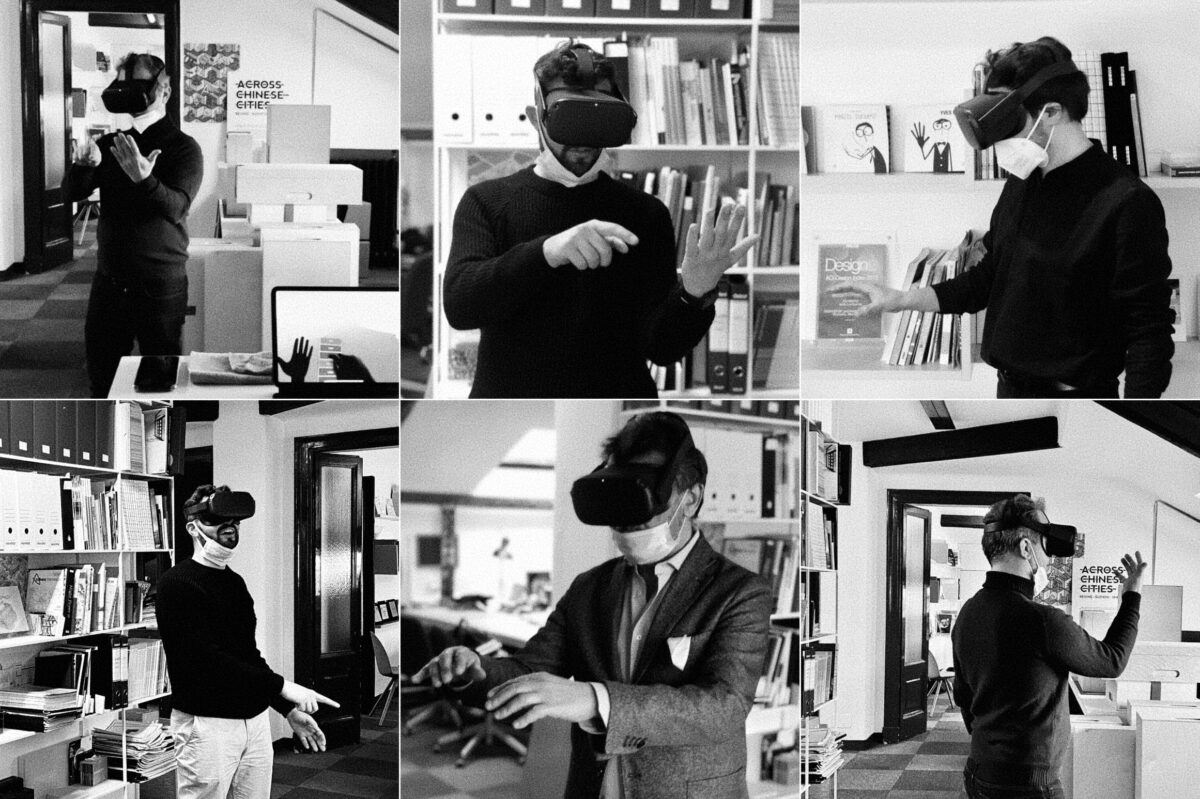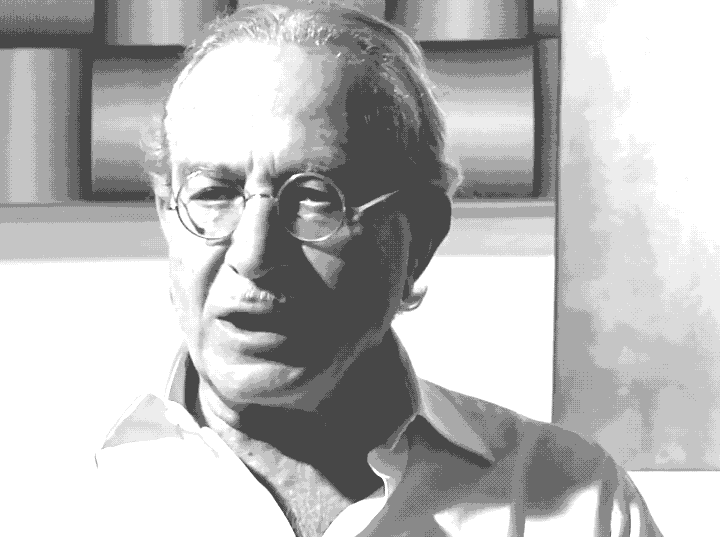We are now translating the interview into English and we will make it available soon!
Il progetto di Maurizio Sacripanti del Padiglione Italiano all’Esposizione Internazionale di Osaka del 1970 continua a catturare la nostra attenzione. Stiamo approfondendo il nostro caso studio che si sta arricchendo di dettagli appassionanti grazie all’indagine sui materiali di concorso. Abbiamo notato che in precedenti ricostruzioni tridimensionali alcuni particolari sono rimasti abbozzati. Il nostro obiettivo è però l’esplorazione in realtà virtuale dell’edificio e non vorremmo lasciare nulla di indefinito. Quello che ci interessa è soprattutto che l’esperienza immersiva risulti quanto più possibile aderente all’idea che Sacripanti aveva del padiglione. In quest’ottica un altro strumento prezioso sono le interviste ad alcuni dei professionisti che hanno preso parte al progetto.
Ci è sembrato necessario contattare Franco Purini, che ha lavorato con continuità, dal 1964 al 1968 e successivamente dal 1971 al 1973, nello studio di Maurizio Sacripanti, indicato più volte da lui come il suo maestro.






